Share
The global plastic production is at an all time high. In the last 20 years it has doubled from 200 million tons in 2000 to more than 400 million tons in 2022.
And there is no end in sight. If we continue with the current pace, we will reach 570 million tons in the next 20 years,
Given the environmental concerns coming with this flood of new plastics, recycling is often cited as an essential instrument for a sustainable future.
While recycling is far from being a silver bullet for fighting plastic pollution, recycling ccorrectly is essential to reduce our environmental impact.
In our new series "How to Recycle ..." we help you do exactly that.
What Actually is Recycling?

Recycling is the recovery and reprocessing of waste into new products. That means waste is collected and processed into new raw material.
That new raw material, for example plastic pellets, can than be processed into new products, which again could be recycled.
The process of breaking down a product into its raw materials can be mechanical or chemical, and many materials can be the basis.
The most frequently recycled products are steel, plastic, aluminum, and paper.
While the idea of giving a new life to our waste sounds fantastic, recycling has many challenges, especially when it comes to plastic recycling.
The Limits of Recycling
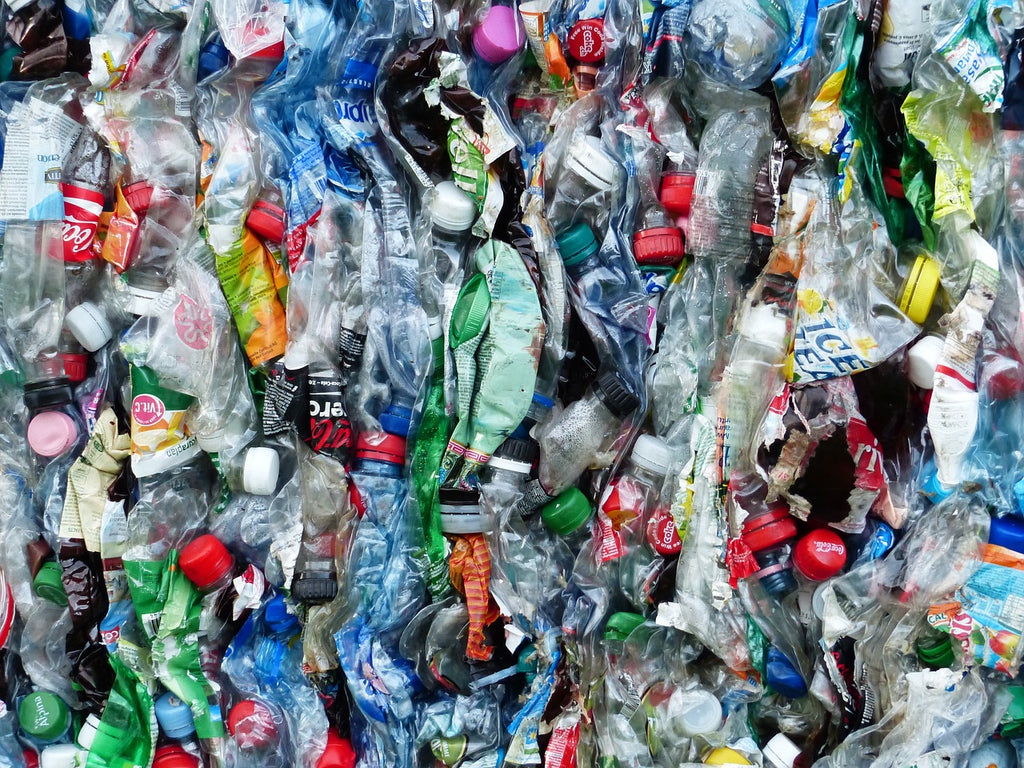
While some countries like Germany reach recycling rates of more than 90% for some plastics, North America is lagging behind. Only 4-5% of plastics are currently recycled in the U.S. and the country has made many announcements to increase this.
There are different reasons for these challenges and often consumers can help to prevent them.
Many materials that are technically recyclable end up on a landfill or incineration plant, because they are too costly to be recycled.
The costs are driven largely by contaminated or commingled waste and a difficulty to separate different materials.
By educating yourself about the right way to recycle, you can help increase the effectiveness of recycling and reduce your impact on the environment.
Understanding Plastic Codes
For plastics, the industry has introduced a numbering system that helps identify the raw material used for a product.
The famous symbol shows arrows in a circle, which could leave the impression that all these codes identify recyclable materials.
Unfortunately, that is very far from the truth. While technically all of those plastics could be recycled, many of them rarely are.
Nonetheless, this code can help you identify the right way to throw out a product to decrease pollution and avoid contaminating the recycling bin.
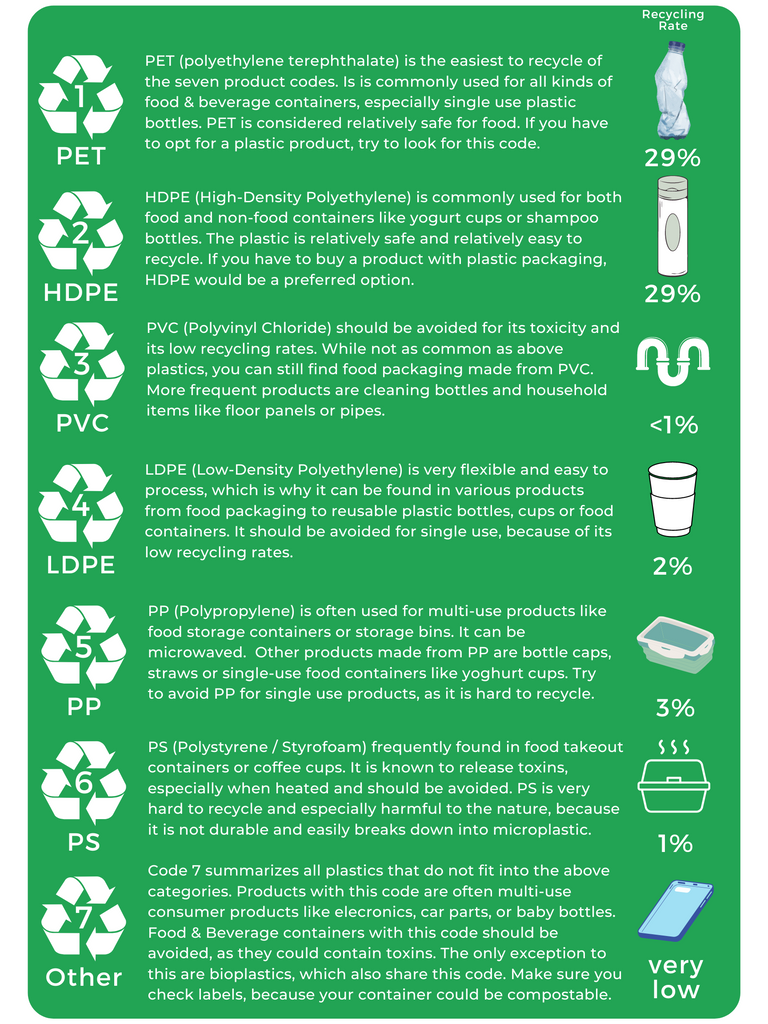
Code #1 - PET (Polyethylene Terephthalate): PET is commonly used in beverage bottles, food containers, and synthetic fibers. It is highly recyclable and used to produce new bottles, polyester fibers, and packaging materials.
Most communities accept PET bottles as part of a deposit scheme or in the recycling bin.
Code #2 - HDPE (High-Density Polyethylene): HDPE is used in milk jugs, detergent bottles, and plastic bags. It is widely recycled and used to manufacture new bottles, pipes, and plastic lumber.
Code #3 - VC (Polyvinyl Chloride): PVC is found in pipes, window frames, and packaging films. It is less commonly recycled due to environmental concerns associated with its production and disposal.
If you remember the catastrophic train derailment in Ohio last year, the wrecked train transported chemicals for PVC production.
If you have PVC products that need to be disposed of, check your regional regulations. Often scrapyards take these products for free.
Code #4 - LDPE (Low-Density Polyethylene): LDPE is used in plastic bags, shrink wraps, and squeezable bottles. It is one of the least recycled materials due to its low density and flexibility, which makes it hard to process for recycling machines.
Code #5 - PP (Polypropylene): PP is used in yogurt containers, bottle caps, and straws. It is recyclable and used to produce new containers, automotive parts, and textiles.
Code #6 - PS (Polystyrene): PS is found in foam packaging, disposable cutlery, and insulation. It is again technically recyclable but is mostly dumped on the landfill. Its light weight, low market demand, and costly recycling process make it uneconomical to recycle these containers.
Code #7 - Other Plastics: This category includes miscellaneous plastics that do not fit into the other six categories. It may include polycarbonate (PC) and bioplastics. Recycling options for these plastics vary and may be limited. Nonetheless, there are many Bioplastics available, which are compostable and accepted by regional waste management companies. Make sure you check your product, as it could be disposed of in the green bin.
Regional Differences
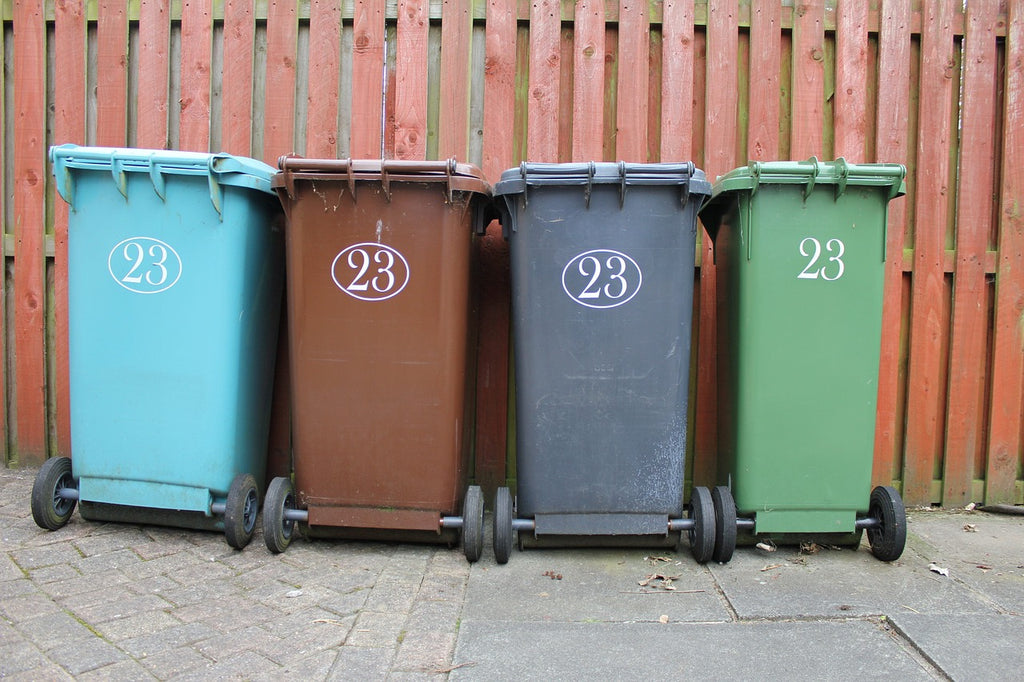
As we already eluded to, the effectiveness of your local recycling varies significantly, depending on where you live.
Even if you compare the recycling rates across states in the U.S., you will find vast differences. Just have a look at the huge gap between the best 3 and worst 3 states and their recycling rates of PET plastic bottles:
The Best:
- Maine: Leads the way with an impressive 72% recycling rate for PET bottles.
- Vermont: Follows closely at 62%.
- Massachusetts: Maintains a commendable 55% recycling rate.
- West Virginia: Struggles with a meager 2% recycling rate for PET bottles.
- Louisiana: Slightly better at 4%.
- Alaska: Still lags behind with a 6% recycling rate.
This highlights a great need to align recycling strategies nationally and on a more global level. Only if we learn from great examples like Maine, Recycling can really make a difference in the pollution crisis.
So why is Maine so successful, you may ask. The answer is simple:
The state makes producers of plastic waste pay fees that reimburse waste management facilities for their recycling efforts.
Based on a European model, this model is leading to soaring increases in recycling rates, because the manufacturers limit their packaging to redce costs and expensive recycling processes are financed by the businesses that are responsible.
What that means for you as a consumer is: Try and get familiar with how the recycling practices are in your home region and adapt accordingly. Sometimes you may be able to use refund mechanisms, sometimes you may be limited in your options. What matters is that you do your best and use the possibilities that are presenting themselves to you.
The Role of Recycling for a Sustainable Future
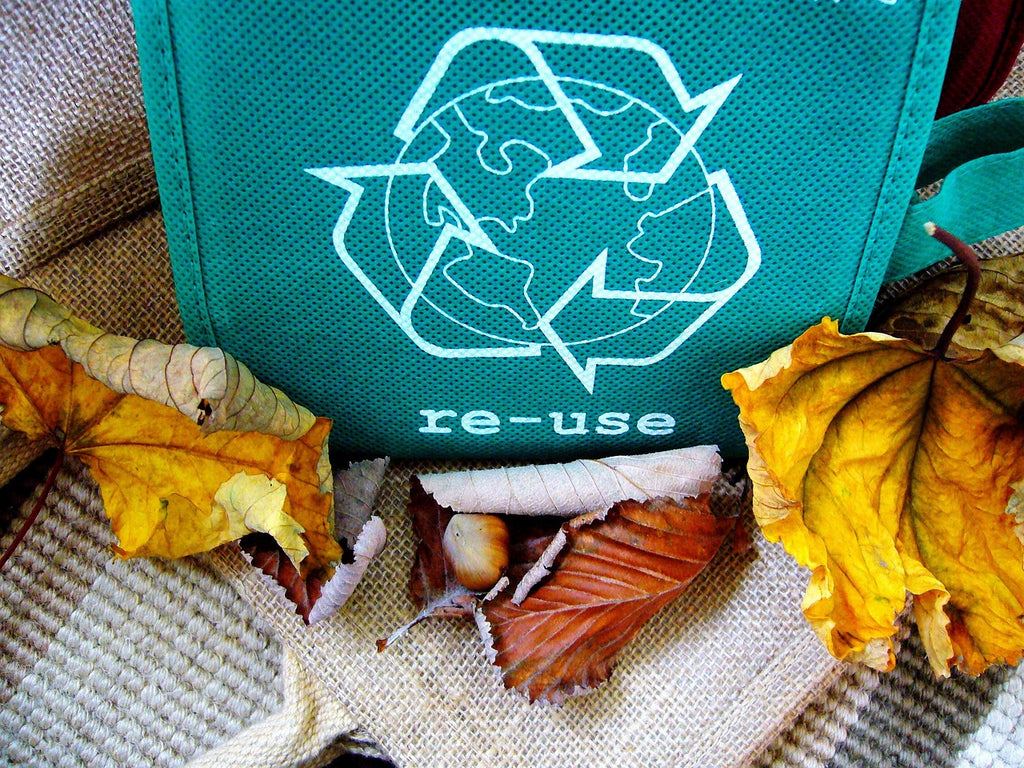
Recycling undeniably plays an important role in our journey to a sustainable future.
Increasing recycling rates gives us a tool to substantially reduce pollution and resource consumption, and can even help reduce carbon emissions.
The important point is though: Recycling can only be the last resort!
It is proven that recycling is among the least effective levers against pollution. In a truly circular econmy, it ranks far behind redesigning and reducing packaging, limiting resource consumption, and reusing what we already have.
We hope you enjoyed this article. Please feel free to leave a comment below if you want to engage in the discussion.
If you want to read more like this, make sure to check out our Blog and follow us on Instagram. If you are interested in truly sustainable products, check out our Shop.







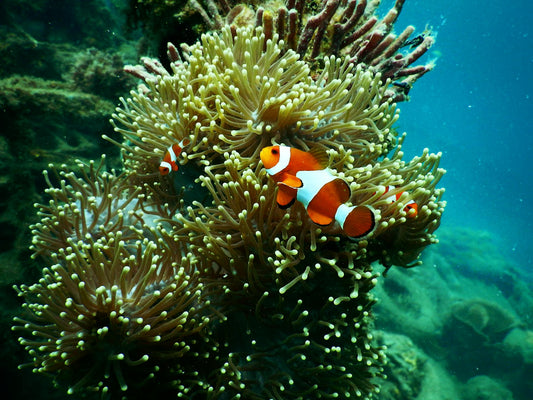
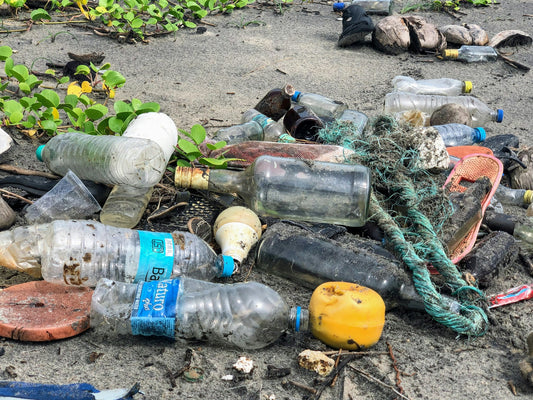
2 comments
We could not agree more with that! Recycling is the last lever to pull, after limiting overconsumption and redesigning products reuse. We are on track to produce half a billion tons of plastic yearly and even significant increases in recycling rates won’t be able to deal with that plastic flood.
Recycling alone isn’t enough to save the planet because it often shifts responsibility to consumers without addressing the root causes, such as overproduction and excessive waste generation. While it’s a helpful practice, many people, as consumers, don’t consider whether they’re separating materials correctly or where their waste actually goes. A more effective approach involves reducing waste at the source, rethinking consumption habits, and holding industries accountable for sustainable practices.